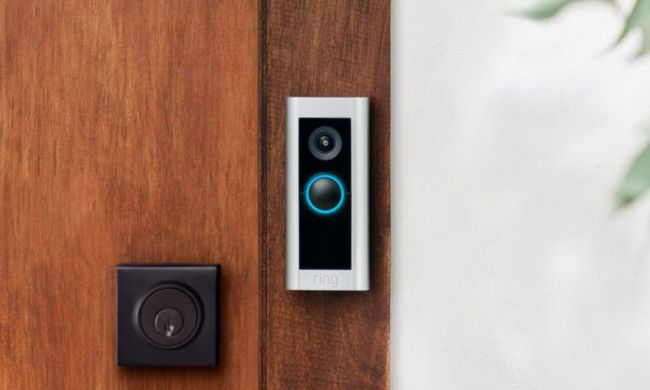We’ve written about Angee before — it’s a smart home security device-slash-service that raised more than half a million dollars in its crowdfunding campaign. Now it appears that the multinational startup is pivoting to a subscription model instead of simply selling its security hardware to smart home users.
Billing its new offering as a “cloud subscription service,” Angee has shifted from selling its $300-ish home security hub to offering it with no upfront hardware or installation costs for subscriptions that start at $17 per month.
“We are very excited about the launch of our subscription service as we believe it is addressing the needs of millions of U.S. households looking for smart, plug & play security,” Angee CEO Tomas Turek said in a release.
In a smart home market dominated by a wave of new security devices, smart cameras, and even body heat sensors, Angee is making a bold move by selling smart home security as a service, rather than as a product. There are definitely some advantages to Angee’s approach: No complex installations, long-term contracts or dependencies on installation labor.
Angee has already started fulfilling its Kickstarter and Indiegogo-based pre-orders, so no word on how that will affect those customers.
The Angee home security system uses a proprietary 360-degree camera and motion-detection tags to monitor any home, in concert with an app that logs activity in the home for the user to monitor. Currently, the two subscription plans are “Basic,” at $17 per month, and “Extended,” which adds an additional two motion-detection tags for $20 per month. Both plans offer unlimited cloud storage, the hardware unit that includes the camera, access to real-time alerts, and more. Users can cancel their plan at any time.
The company initially planned to launch Angee as a hardware device that would retail at more than $400, so the decision to pivot to a subscription model is definitely a strategic one. The company still faces significant competition from Nest, Canary, and similar startup projects aimed at the smart home security market.
Other notable features of the hardware include a built-in battery that enables the system to operate during power outages, voice control, day-and-night modes that can tell the difference between a midnight snack and a break-in, and the ability to differentiate between humans and pets.


